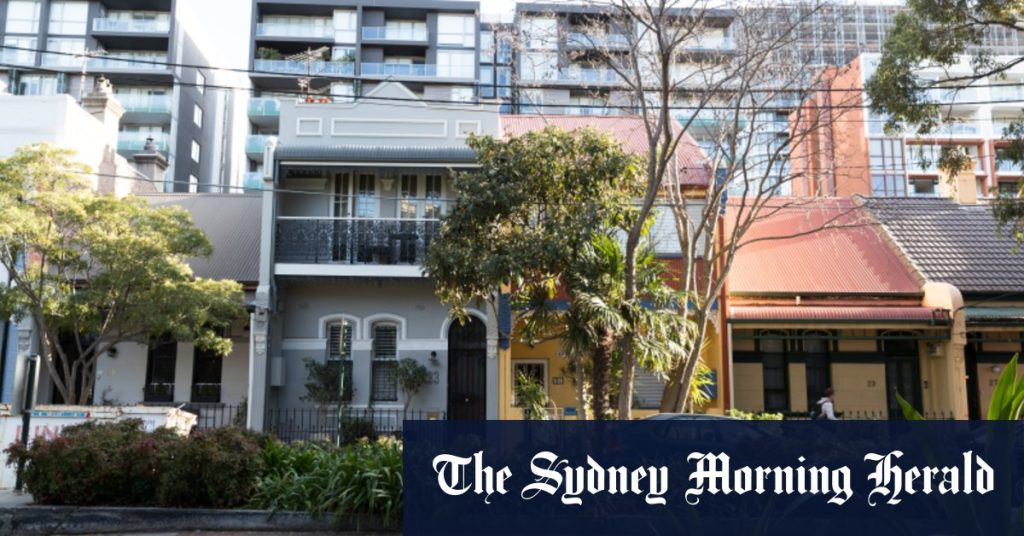The Housing Industry Association raised concerns in front of an inquiry regarding the lack of transparency in the selection process of train stations for development. They questioned the feasibility of six-storey development in various locations, noting the high cost of land, especially in Sydney’s inner west and north shore. Executive director David Bare suggested that government incentives may be necessary for landowners to amalgamate their blocks to make development financially viable for the housing industry. He warned against a one-size-fits-all policy and emphasized the importance of public consultation before implementing changes to ensure good streetscape and design outcomes when placing mid-rise apartments next to existing low-rise homes.
Peter Phibbs, an emeritus professor of planning at the University of Sydney, expressed the view that six-storey blocks may be suitable in some areas, but for many train stations and town centers, it may not be enough. He stressed the importance of considering long-term planning and preserving space for much taller buildings in the future. Phibbs highlighted the need for efficient land usage, noting that detached homes near train or light rail stations could serve as a land bank for future high-density housing opportunities to accommodate Sydney’s growth over the next century.
Dozens of councils, community groups, and individuals made submissions to the inquiry, each expressing concerns or opinions on the proposed transport-oriented development program. The Killara Lawn Tennis Club, located near Killara station, feared that the program would have a detrimental impact on the club’s existence due to the potential adverse effects of inappropriate high-rise developments on their boundaries. Margret Kitson argued against the affordability of new apartments in Gordon, stating that affordable houses are being replaced by expensive mega mansions sold primarily to overseas investors. She emphasized the unique features of Ku-ring-gai, such as its trees and gardens, which she believes should be protected and preserved.
Overall, there is a debate surrounding the implementation of transport-oriented development near train stations in Sydney, with various stakeholders highlighting their concerns and perspectives on the matter. While the housing industry raises questions about the feasibility and cost-effectiveness of six-storey developments, planners like Peter Phibbs advocate for long-term planning and the preservation of space for taller buildings to accommodate future growth. Community groups, such as the Killara Lawn Tennis Club and individuals like Margret Kitson, express apprehensions about the potential impact of high-rise developments on existing amenities and housing affordability in their respective areas. Public consultation and transparent decision-making processes are emphasized as crucial steps in ensuring successful outcomes and maintaining the unique characteristics of Sydney’s neighborhoods.


